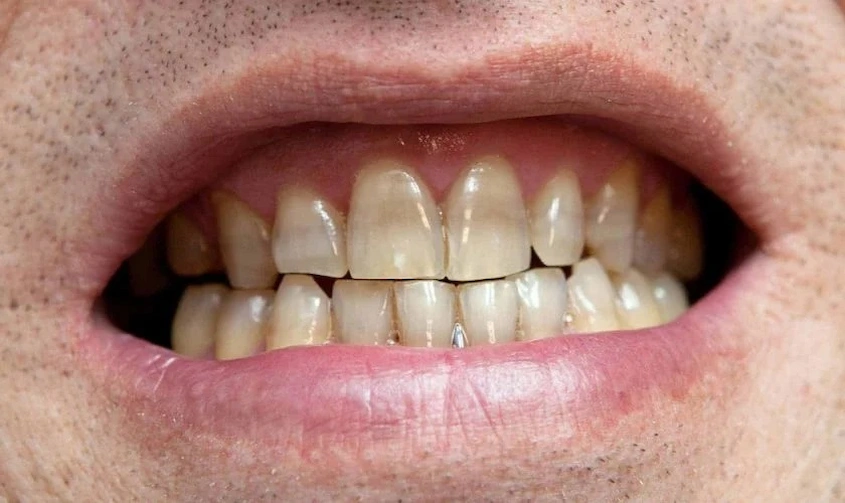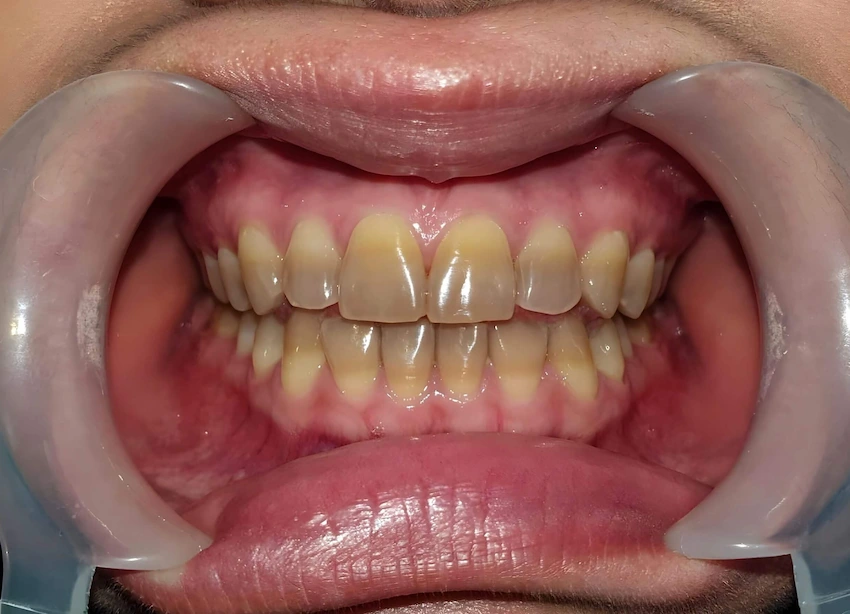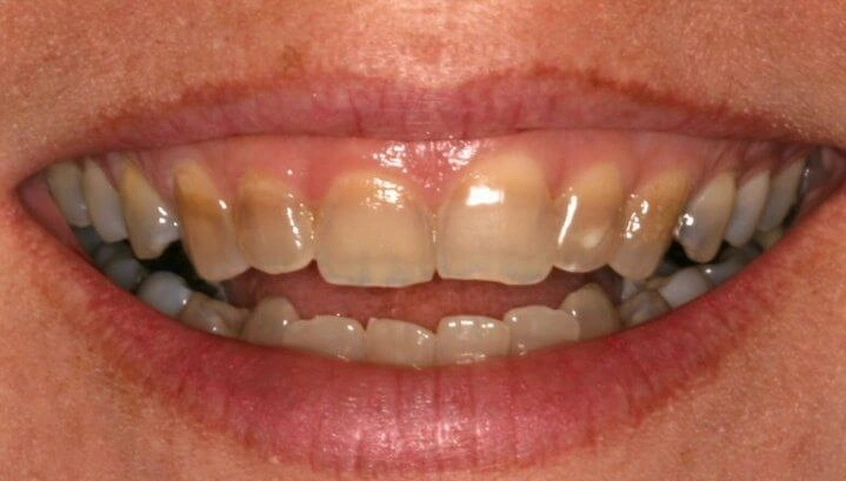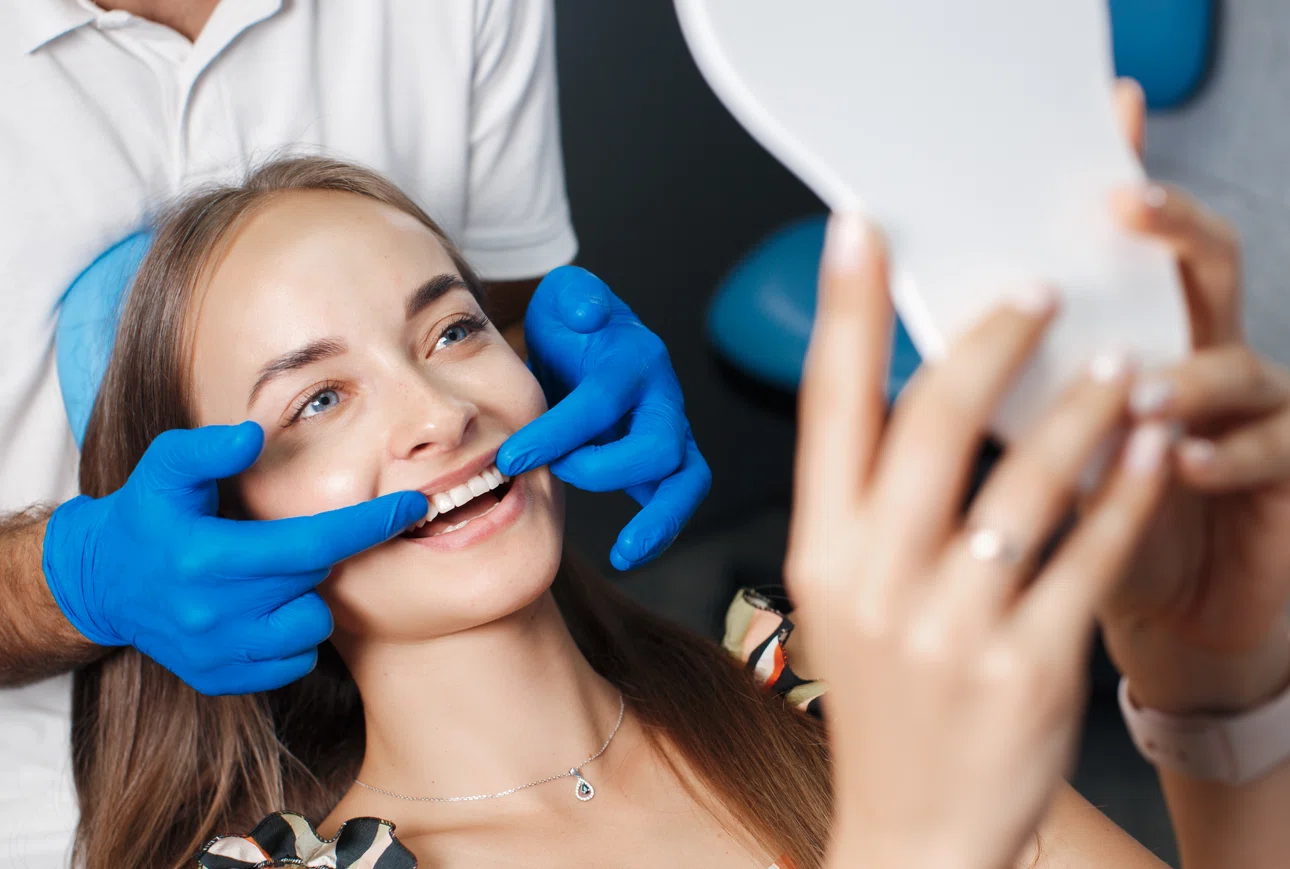What Is Tetracycline Teeth?
In this blog, we will discover what tetracycline teeth are, their causes, effects, and the variety of treatment options for managing or correcting this staining. What are tetracycline teeth? The phrase “tetracycline teeth” refers to the condition of the teeth after becoming discolored due to the use of tetracycline antibiotics in the tooth development process.
The antibiotic is able to bind itself with calcium in newly formed teeth and then the teeth will discolor to yellow, brown, or grayish hues. This change of color is very visible especially when it affects the front teeth and it is generally permanent.
The degree of discoloration can vary by several factors such as tetracycline dosage, length of the treatment, and the age of the patient at the time of medication. What do tetracycline teeth look like? Stained teeth after tetracycline exposure are commonly lackluster or grayish and over time they may also turn sensitive or show an increased plaque buildup making them more vulnerable to dental problems.
Causes of Tetracycline Teeth
What are the causes of tetracycline teeth? Kids getting tetracycline antibiotics during the growing period for their teeth is the main source of tetracycline staining. The stain might happen if the antibiotic is swallowed at the time when the baby teeth (primary teeth) or permanent teeth are still developing which is generally between the age of 4 months and 8 years.
The discoloration of teeth is one of the side effects of tetracycline antibiotics when the latter is taken by a pregnant woman as the medicine can influence the development of the baby’s teeth in the womb. The thing that makes it quite clear why teeth turned into tetracycline stains is the combination of the antibiotic that will be calcium of the teeth leading to the discoloration that is permanent.
Effects of Tetracycline Teeth

What are the effects of tetracycline teeth? The most considerable effect of tetracycline staining is that it is limited to the cosmetic sphere, i.e. discoloration of teeth and thus the overall appearance of the smile “getting affected”. The changes can go from yellow to brown or gray, and the intensity can be based on various things, for example, how much and for how long a patient was taking the antibiotic. On the extreme side of the spectrum, it may happen that the staining will be so large and lively that they even can be seen without any oral hygiene at all.
Besides the aesthetic concerns, what are the effects of tetracycline teeth on oral health? The degradation may cause the teeth to be more vulnerable to the formation of plaque and cavities because the discoloration can form niches where bacteria can settle. Nevertheless, tetracycline teeth do not hinder the performance of the teeth directly except for the visual concern.
Treatment Options for Tetracycline Teeth

What are tetracycline teeth in terms of treatment options? Although tetracycline staining cannot be reversed, several methods have been found to be effective in managing and improving the appearance of the discolored teeth:
- Teeth Whitening: The use of professional whitening methods can be very useful in lightening tetracycline staining. But the outcome of whitening depends on the level of discoloration. One might hardly see the effects of one treatment; hence the process needs to be repeated several times
- Veneers: Among the ways that tetracycline staining can be concealed is the use of porcelain veneers which is the most efficient. They are thin, custom-made shells that replace the front part of the teeth and do the disguising of any discoloration while offering a natural, bright smile.
- Bonding: Dental bonding is the process where a tooth-colored resin is attached to the outer surface of the teeth with the aim to enhance beauty. This procedure is cheaper than veneers; however, it is not as strong and its longevity is less than that of the bonding.
- Crowns: If the tetracycline stains are very severe, then the use of dental crowns can be the solution. Crowns wrap the whole tooth giving both aesthetic and functional support. In the situation where the teeth are very stained, the use of crowns can be a solution for such teeth and besides that, they become helpful in teeth which are severely damaged.
- Tooth Colored Fillings: When the impacted part of the tooth is quite small and stained, tooth-colored fillings could be used to cover the area. The treatment will be effective in minor staining but will not be as remarkable as that of veneers or crowns.
How to Prevent Tetracycline Teeth?

What causes tetracycline teeth, and is there a way to stop it? Totally the best method to get rid of the tetracycline staining is not to take tetracycline antibiotics while the teeth are still developing. If you are expecting a baby or have little children, inquire with your physician about other antibiotics that would be safer for the baby’s teeth.
In case you are already stained by tetracycline, then the early visit to a dentist will make the treatment options open to you and also prevent other dental problems. Good oral hygiene along with the dentist’s visits will also be the key to the radiant health of your teeth.
FAQs About Tetracycline Teeth
No, tetracycline staining is permanent, but there are treatments like whitening, veneers, and crowns that can help improve the appearance of stained teeth.
Tetracycline is still the cause of the drug that is commonly associated with the discoloration of teeth in children.
Tetracycline teeth can be lightened with professional bleaching, dental veneers, or crowns based on the extent of the color change.
The use of tetracycline during the development of teeth, which is usually between the second trimester of pregnancy and 8 years of age, can lead to an impact on the teeth.
Teeth become discolored because tetracycline is the drug that binds tightly to the calcium in developing teeth and as a result, leaves permanent stains that slowly change their color.
References:
American Dental Association. (2020). Tooth discoloration and treatment options. American Dental Association. https://www.ada.org/en/member-center/oral-health-topics/tooth-discoloration
Mayo Clinic. (2020). Tetracycline staining of teeth. Mayo Clinic. https://www.mayoclinic.org/diseases-conditions/tooth-staining/diagnosis-treatment/drc-20354579
WebMD. (2021). What is tetracycline staining? WebMD. https://www.webmd.com/oral-health/tetracycline-staining




